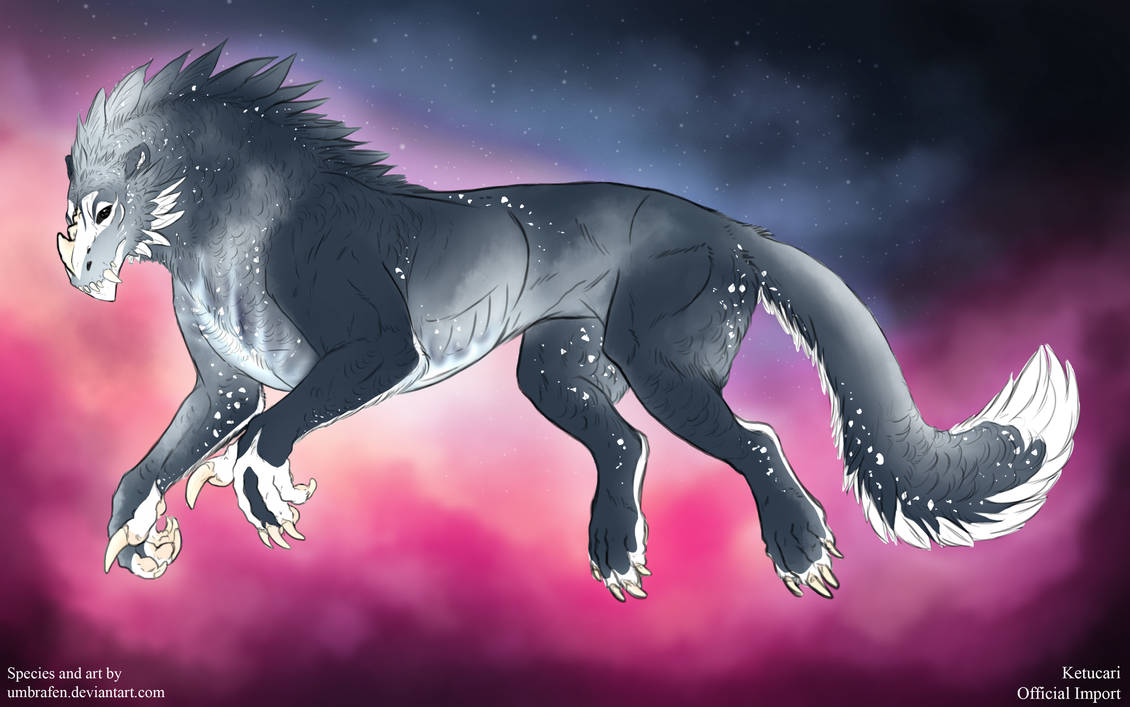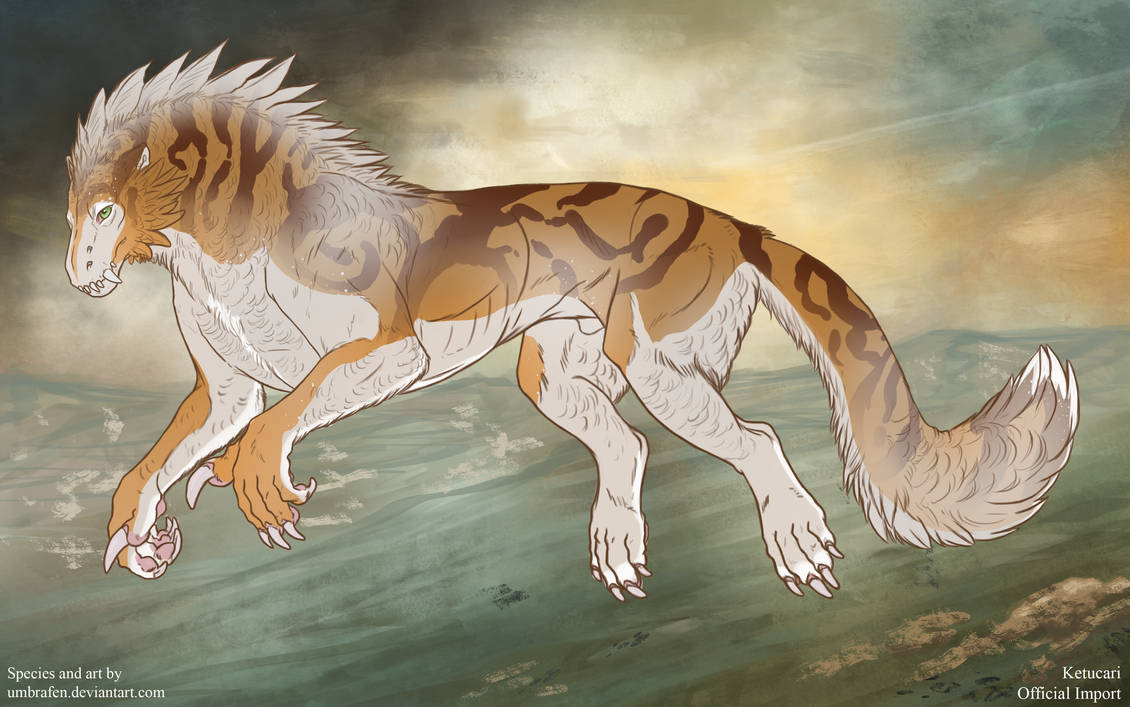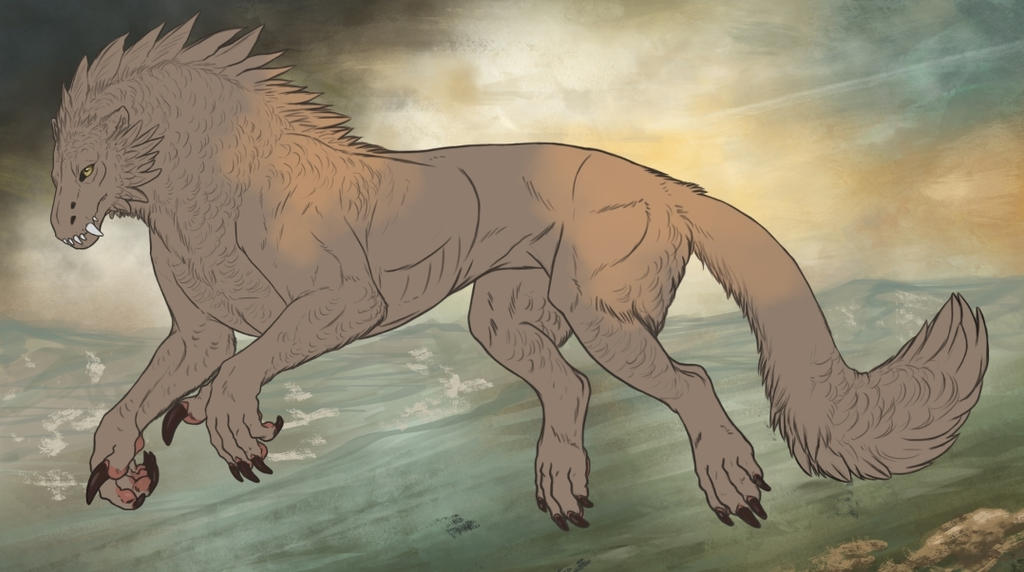Fading
Examples







Basics



Fading causes certain patches of the body to take on a "distressed" appearance, as if the color has been rubbed away.
Fading patches are irregularly shaped and cloudy. It is always soft-edged.

In your ketucari's genotype, fading is denoted by the letters "nFd" (heterozygous) or "FdFd" (homozygous).

In its heterozygous form, fading has a pass rate of 50%. Homozygous fading has a 75% pass rate.
Color

Fading must be a lighter and less saturated tone of the base coat. It may even be white, but should not be used to create a pseudo-piebald ketucari. It cannot be fully desaturated and should always have some color to it.




This is in an example of incorrect fading. Notice that, although the color is a lighter shade of the base, it is more saturated. Fading should always be slightly more desaturated than the base.
Range

Since fading can appear anywhere on the body, there is no minimum range diagram for it. It must be extensive enough to be immediately recognizable.
Interaction with Other Markings


Fading must go over all markings except silvering and white marks. It can be layered under or over silvering.
Fading, Silvering, and Bleaching: A Comparison
 Source 1
Source 1,
Source 2,
Source 3

Fading may combine with
Pangare to produce an effect called Sugar Pangare.

Mottling may be included in this interaction, but Mottling and Fading cannot create sugar pangare without pangare.

Sugar pangare is effectively cloudy-edged Pangare with mottling mixed in.

If this combination is used, whichever gene Pangare is combining with cannot display outside of Pangare's range. (So if you have all three genes and choose to use Sugar Pangare, the design can have Sugar Pangare + Mottling, Sugar Pangare + Fading, or just Sugar Pangare).

Accents

Here are some small accents you can add to your designs to make them more unique!

Fading spots may have a subtle gradient, like below:












